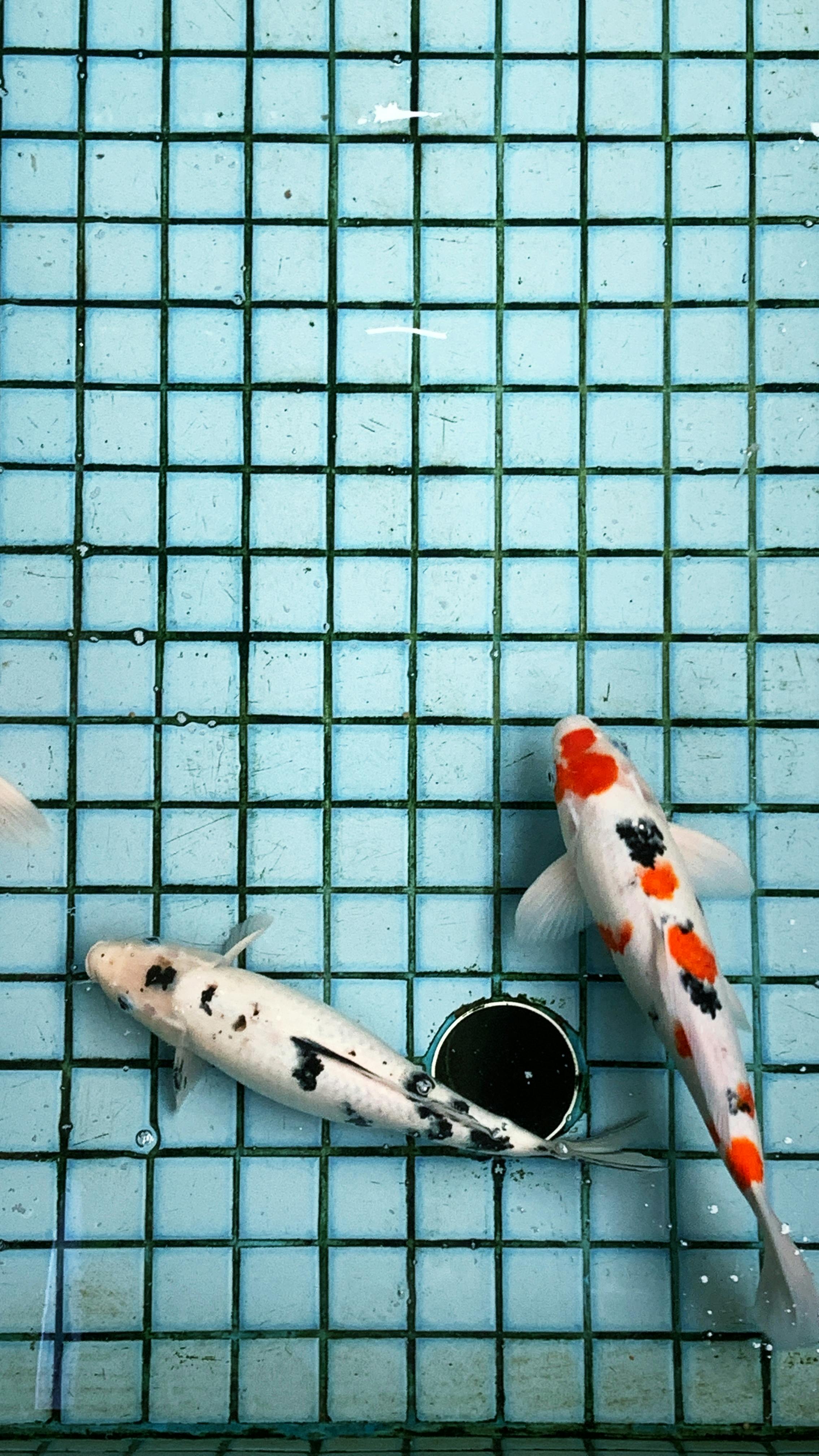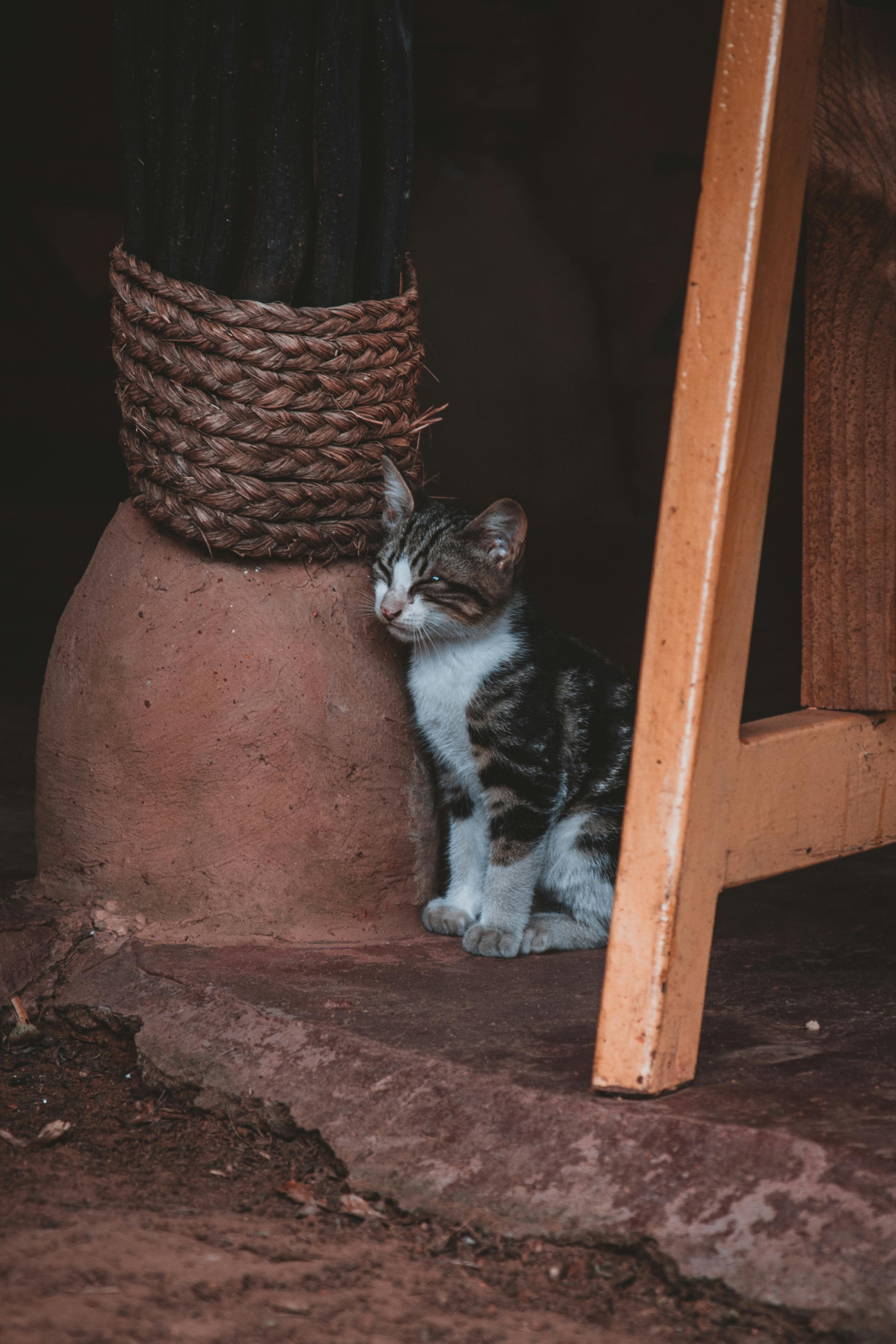Apply Now
How to Properly Feed Shrimps for Optimal Health in 2025
Shrimps, both freshwater and marine, are a popular choice among aquarium enthusiasts due to their vibrant colors, captivating behaviors, and beneficial roles in maintaining tank ecosystems. However, feeding these aquatic crustaceans for optimal health requires understanding their dietary needs and preferences. An ideal shrimp diet not only supports growth and reproduction but also enhances their overall health and longevity.
This article delves into the intricacies of shrimp feeding habits, the best foods suited for their unique dietary requirements, and how to maintain an effective feeding schedule. Whether you’re a novice or an experienced aquarist, this feeding guide will equip you with essential insights to improve your shrimp's nutrition. Let’s explore the components that contribute to a well-rounded shrimp diet, including food types, recommended feeding practices, and homemade food solutions.
By prioritizing shrimp nutrition, you enhance the health and vitality of these fascinating creatures, which can lead to a thriving aquarium environment.
Understanding Shrimp Feeding Habits
Building on the importance of shrimp nutrition, it's crucial to comprehend their feeding habits which vary widely among different species. Among aquatic crustaceans, shrimps display unique adaptations that dictate their foraging behavior.
General Feeding Behaviors
Shrimps are omnivorous, which means their diet consists of both plant and animal matter. They actively scavenge their environment, consuming detritus, algae, and small organic particles. This scavenging behavior helps maintain tank cleanliness and contributes to the natural ecosystem of a freshwater or marine habitat.
Diverse Diet Preferences
Different species of shrimp exhibit varied dietary preferences. For instance, carnivorous shrimp, like some types of Macrobrachium, thrive on protein-rich foods, while herbivorous and detritivore shrimp favor algae and decaying plant matter. This means selective feeding not only benefits their health but also promotes natural behaviors like foraging and scavenging.
Impact of Diet on Shrimp Health
The chosen diet significantly impacts shrimp health. An optimal diet improves their immune system, enhances growth rates, and fosters reproductive success. Shrimp fed a balanced diet rich in protein, vitamins, and minerals tend to exhibit brighter colors and more active behavior, highlighting the importance of high-quality feeding practices.
Best Food Options for Shrimp
Transitioning from understanding shrimp feeding habits, let's explore the best food options available for our aquatic friends.
Commercial Shrimp Feed
Commercial shrimp feed is formulated for specific nutritional needs, providing a balance of proteins, lipids, and vitamins. Among the best shrimp food options, you'll find shrimp pellets and flakes that cater to the dietary preferences of different shrimp species. Look for brands that list high protein content, alongside essential vitamins and minerals.
Homemade Shrimp Food
Creating homemade food for shrimp allows for customization according to specific dietary needs. Ingredients like vegetables, fish food, and algae can be blended to create nutritious meals. Simple recipes that combine spirulina, carrots, and high-protein fish flakes can ensure diverse nutrition tailored to individual shrimp habits.
The Role of Algae and Plants
Shrimps are known to thrive on algae, making it essential to integrate them into their diet. Shrimp often enjoy a range of plants like spinach, kale, and duckweed. These natural elements not only serve as food but also provide an environment similar to their native habitats, promoting natural feeding behaviors.
Creating an Effective Shrimp Feeding Schedule
With a solid understanding of food types, it's essential to consider how often and when to feed your shrimp.
Feeding Frequency Guidelines
Shrimp generally benefit from multiple smaller feedings throughout the day. This avoids overfeeding and keeps the water conditions favorable. A feeding schedule of two to three times a day, based on the shrimp's population and size, is recommended for optimal growth and health.
Feeding Techniques to Observe
Utilizing feeding techniques such as spot feeding can help manage food distribution effectively. Using feeding clips for veggies or specific feeding bowls for pellets ensures that all shrimps can access food efficiently. This practice not only minimizes waste but helps in observing shrimp feeding responses, aiding in the adjustment to dietary needs.
Monitoring Feeding Behavior
Observing shrimp feeding behavior is vital to ensure they’re consuming the right amount of food. Healthy shrimp will exhibit active foraging behavior, eagerly consuming food items. If they appear lethargic or uninterested, it may indicate food types that aren’t appealing or nutritional deficiencies.
Essential Nutrients for Shrimp Growth
Focusing on the types of nutrients required for shrimp growth leads us to the next critical aspect of feeding.
Macro and Micronutrients
Shrimps require a blend of macro and micronutrients for growth and development. Proteins are essential for muscle development, while fats provide energy. Additionally, vitamins and minerals like calcium and phosphorus support shell formation and overall well-being. Understanding these nutritional requirements helps in selecting the right shrimp food.
Importance of Variety in Diet
Introducing variety in a shrimp’s diet is crucial for preventing nutrient deficiencies. Regular changes in their feeding options, such as rotating between pellets, flakes, algae, and vegetables, promote better health outcomes. This diversity not only meets nutritional needs but also simulates their natural foraging behavior.
Supplementing Shrimp Diet
To enhance shrimp care food further, consider supplementation with products like shrimp vitamin supplements or omega-3 sources. These can help address any nutritional gaps, especially in aquaculture setups where diet might be restricted.
Common Mistakes in Feeding Shrimp
Even with a wealth of information, mistakes can still occur in shrimp feeding practices.
Overfeeding Risks
One of the most common mistakes is overfeeding, which can lead to poor water quality and health issues in shrimps. It’s essential to measure food portions and avoid excess feeding to maintain a balanced environment and prevent disease outbreaks.
Ignoring Nutritional Balance
Another prevalent mistake is not providing a balanced diet. Different life stages of shrimp have unique dietary needs, and feeding them without considering these requirements may result in growth issues or even death. Regularly reassess the diet based on the shrimp’s size and life stage.
Failure to Monitor Water Quality
Finally, neglecting water quality after feeding can lead to significant health risks. Monitoring ammonia and nitrate levels post-feeding is crucial to ensure a thriving shrimp environment. A clean habitat coupled with proper nutrition fosters healthy shrimp.
Q&A Section
What do shrimp eat in nature?
In their natural habitat, shrimps consume a combination of algae, detritus, and other small organic materials. Their diet mimics the natural ecosystem, focusing on a balance of plant and animal matter.
How often should I feed my shrimp?
Feeding shrimp two to three times a day in small quantities is recommended. This allows access to food without overwhelming the tank environment.
Can I use vegetables as part of their diet?
Yes! Fresh vegetables like spinach, zucchini, and carrots can be an excellent addition to their diet, providing essential nutrients and mimicking their foraging behavior.
What are the signs of poor shrimp nutrition?
Signs of poor nutrition include lethargy, lack of interest in food, or abnormal coloration. It's crucial to adjust their diet if these symptoms appear.
How can I ensure my shrimp are healthy?
Maintaining a balanced diet, observing feeding behaviors, monitoring water quality, and providing variety in their food options are key to ensuring optimal shrimp health.




